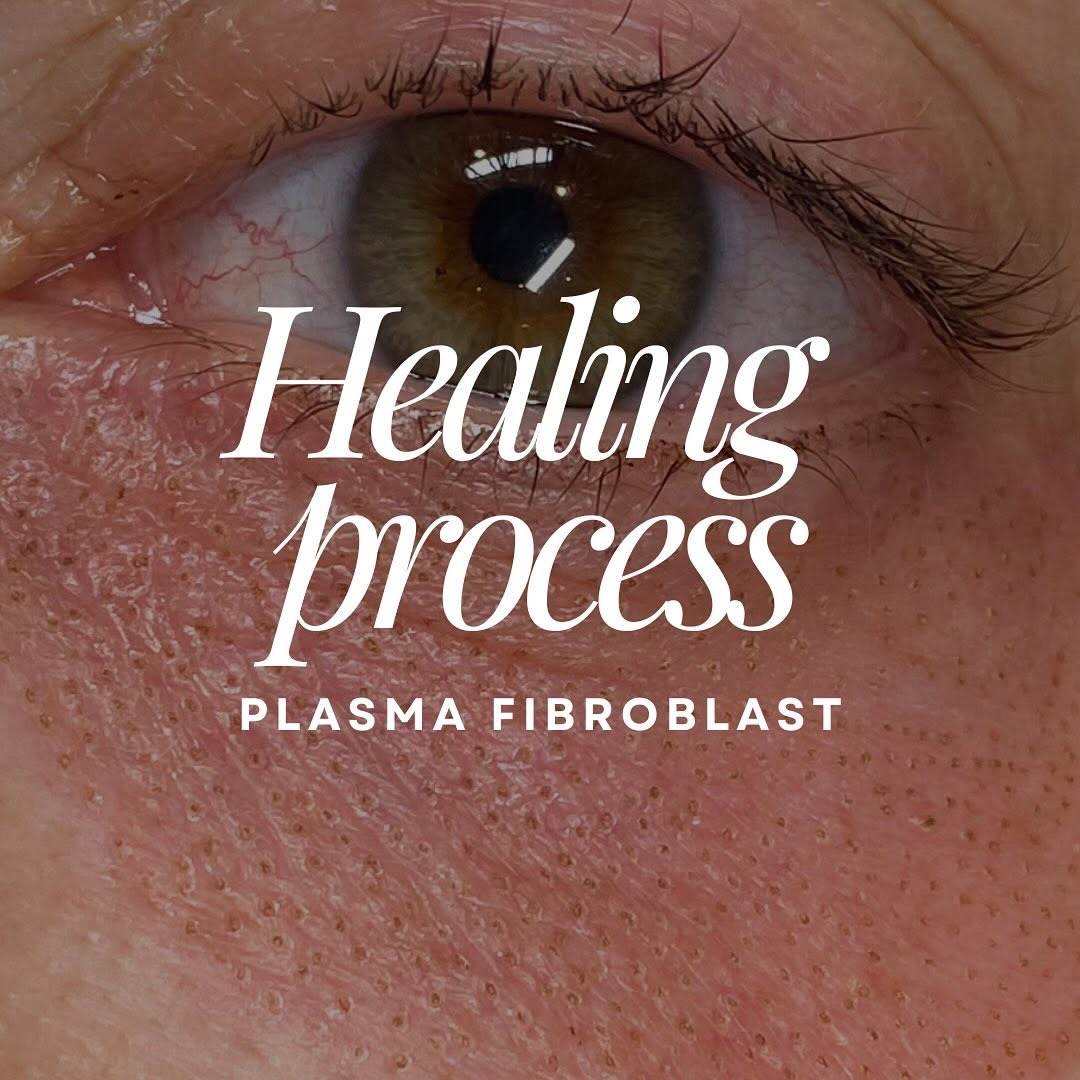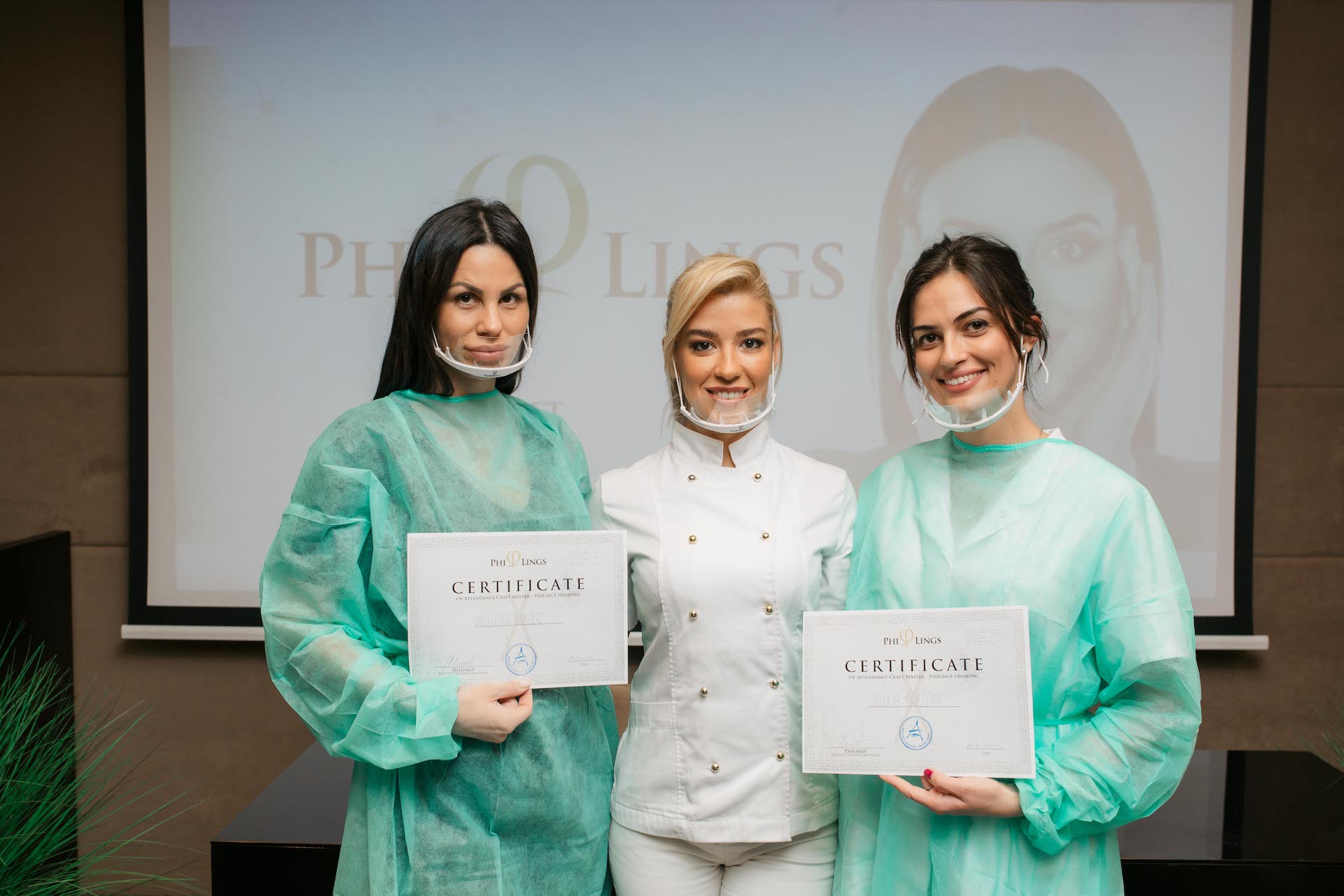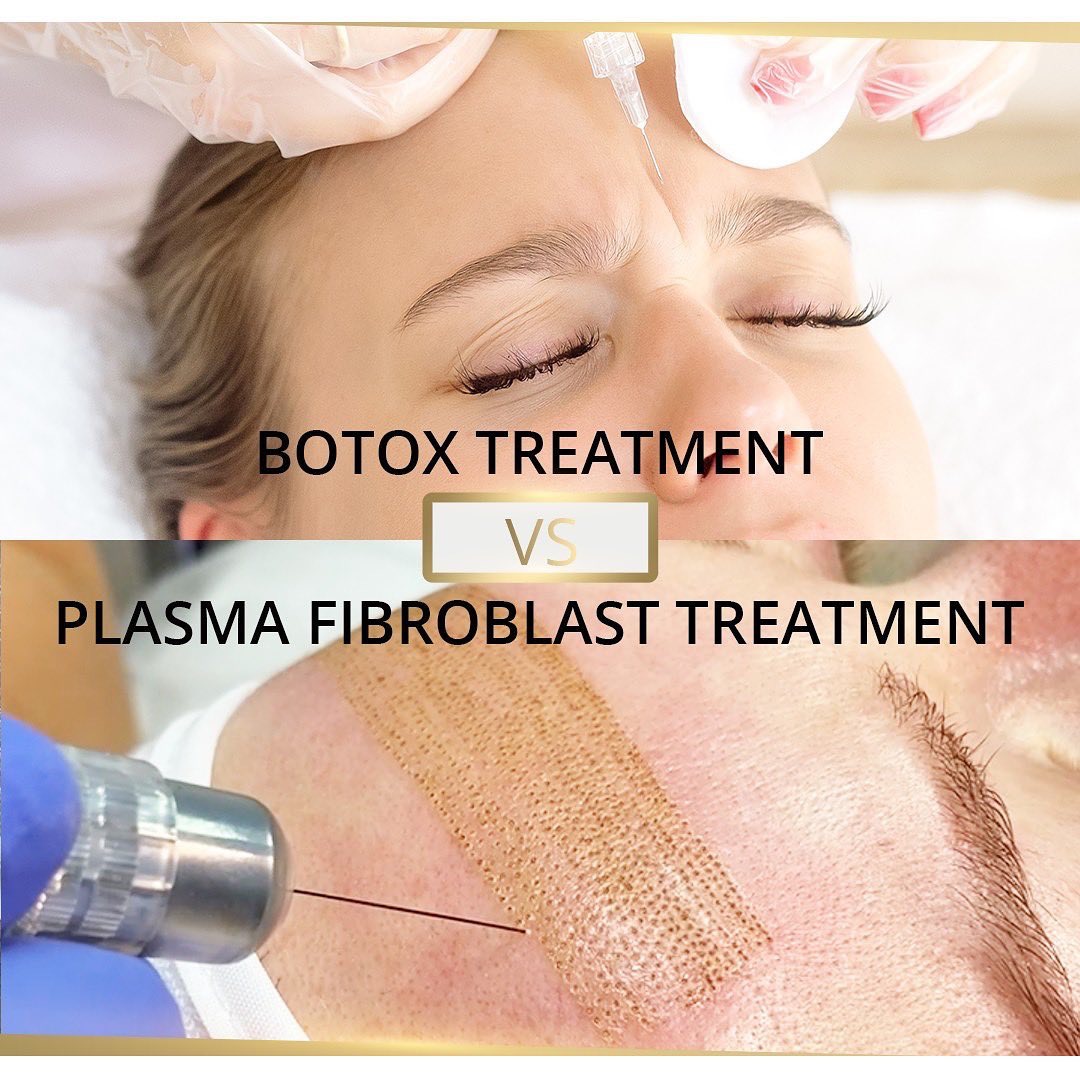Microneedling: Benefits and Best Practices for Skin Health
Microneedling has emerged as a go-to treatment for skin professionals looking to offer clients a non-invasive, effective way to improve skin texture and tone. This versatile procedure uses tiny, sterile needles to create micro-injuries on the skin's surface, triggering a natural healing response that stimulates collagen production. In this blog post, we’ll take a deep dive into the benefits of microneedling, the best practices for performing the procedure, and what you should communicate to clients about their experience and results.
The Science Behind Microneedling
At the core of microneedling’s effectiveness is its ability to induce controlled micro-damage to the skin, encouraging the body to produce new collagen and elastin. This repair process leads to firmer, smoother, and rejuvenated skin. Microneedling also helps improve the absorption of topical skincare products by creating channels that allow active ingredients to penetrate deeper into the skin.

Key Benefits of Microneedling
- Boosts Collagen and Elastin Production
Microneedling works by stimulating the skin’s natural repair process. The tiny punctures made during the procedure signal the body to produce more collagen and elastin, two essential proteins that maintain skin structure and elasticity. As a result, clients experience firmer, more youthful skin with reduced signs of aging such as fine lines and wrinkles. - Reduces Acne Scars and Hyperpigmentation
One of microneedling’s most popular applications is reducing the appearance of acne scars, as it helps break down scar tissue and promote new, healthy skin formation. Additionally, it can help with hyperpigmentation issues such as sun spots or melasma by increasing skin cell turnover, leading to a more even complexion. - Minimizes Pore Size and Improves Texture
Clients with enlarged pores often notice a reduction in pore size after a series of microneedling treatments. By improving skin structure and promoting smoother texture, microneedling can help minimize the appearance of large pores and create a refined, polished look. - Improves Product Penetration
After microneedling, the skin is temporarily more permeable, allowing for enhanced absorption of serums and active ingredients. This "open window" period is an opportunity to infuse the skin with hydrating and healing products that can maximize the benefits of the procedure. - Safe for Most Skin Types
Microneedling is a versatile treatment that can be safely performed on various skin types and tones, including sensitive skin, as long as the correct needle depth and techniques are used. It is ideal for clients looking for a minimally invasive treatment that delivers significant results without excessive downtime.
Best Practices for Skin Professionals Performing Microneedling
1. Use Professional-Grade Equipment
It's critical to invest in high-quality, microneedling devices. These devices provide the precision necessary to create controlled, safe injuries that are critical for skin healing and collagen stimulation. Avoid using DIY or at-home devices, as they often lack the power and consistency needed for professional results.
2. Customize Treatments for Individual Clients
Not all clients will require the same needle depth or intensity. For example, treating fine lines on the face may require a more superficial approach, while addressing acne scars on the cheeks may need deeper penetration. Assess each client's skin condition and adjust the needle depth accordingly to avoid over-treating sensitive areas.
3. Ensure Proper Skin Preparation
Proper skin preparation is key to a successful microneedling session. Cleanse the skin thoroughly to remove any makeup, oils, or dirt. Applying a numbing cream can help minimize discomfort, especially for clients new to the procedure. Be sure to follow manufacturer instructions for numbing agents and thoroughly remove them before beginning treatment.
4. Maintain Strict Hygiene Protocols
Since microneedling creates tiny punctures in the skin, it's essential to maintain a sterile environment. Use new, sterile needles for each session, and ensure that the device is properly sanitized between uses. This will reduce the risk of infection and ensure the safety of both the client and the practitioner.
5. Educate Clients on Aftercare
Clients should avoid makeup, direct sun exposure, and harsh skincare products (like retinoids and exfoliants) for a few days post-treatment. Provide them with clear aftercare instructions, including the use of gentle hydrating products and sunscreen to protect the skin during the healing process.

What Clients Can Expect from Microneedling
During the Procedure:
The microneedling session typically lasts between 30 to 60 minutes, depending on the area being treated. Most clients feel mild discomfort, similar to a pricking sensation, though this can be minimized with a numbing cream.
Immediately After the Procedure:
Clients can expect their skin to be red and slightly swollen, similar to a mild sunburn. This redness typically subsides within 24 to 48 hours, though some clients may experience slight flaking or peeling as the skin regenerates.
Long-Term Results:
Clients will begin to see initial improvements in skin texture within a week or two, though full results are typically visible after multiple sessions spaced about four to six weeks apart. A series of three to six treatments is often recommended for optimal results, especially for concerns like acne scarring or deeper wrinkles.

Microneedling is a highly effective, minimally invasive treatment that can help clients achieve smoother, firmer, and more youthful skin. For skin professionals, mastering the technique and understanding best practices ensures that treatments are safe, effective, and yield long-lasting results. By combining professional-grade equipment with a deep understanding of skin health, you can offer clients a transformative experience that enhances both their skin and confidence.
Whether you’re adding microneedling to your treatment menu or looking to refine your technique, the benefits of this powerful procedure make it a must-have for any modern skincare practice.





























